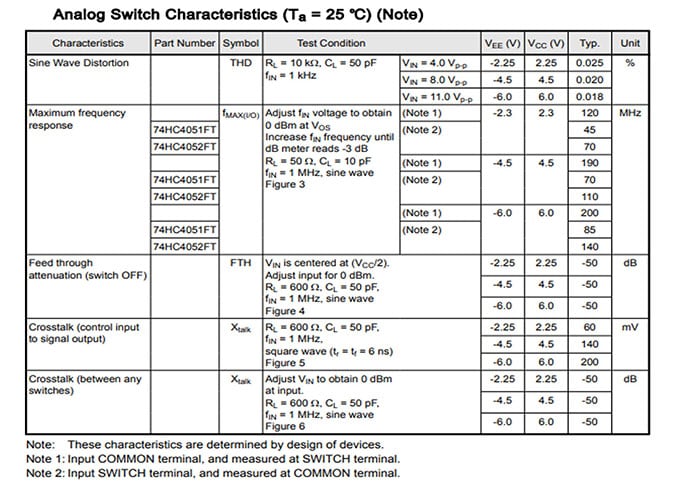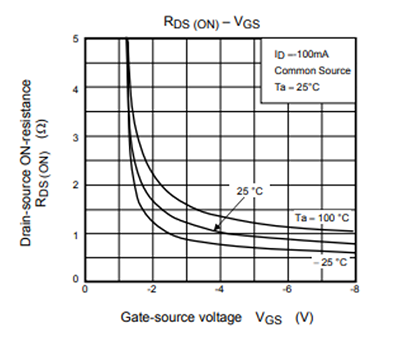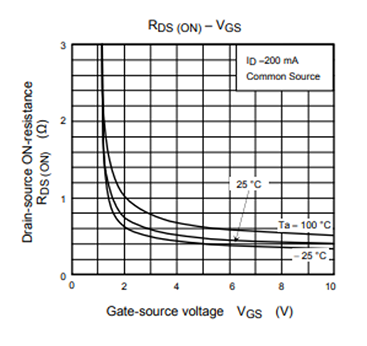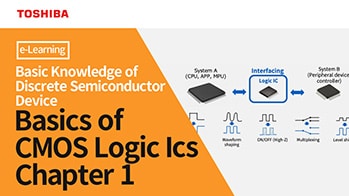-
My ToshibaSemicon
- 반도체 탑
-
애플리케이션Automotive
Body Electronics
xEV
In-Vehicle Infotainment
Advanced Driver-Assistance Systems (ADAS)
Chassis
IndustrialInfrastructure
BEMS/HEMS
Factory Automation
Commercial Equipment
Consumer/PersonalIoT Equipment
Healthcare
Wearable Device
Mobile
Computer Peripherals
-
제품자동차 디바이스
Discrete Semiconductor
다이오드
트랜지스터
로직 IC
Analog Devices
Digital Devices
Wireless Devices
※
: Products list (parametric search)
파워반도체※
: Products list (parametric search)
Isolators/Solid State RelaysPhotocouplers
Digital Isolators
Solid State Relays
Fiber Optic Transmitting Modules
※
: Products list (parametric search)
MOSFETsIGBTs/IEGTs바이폴라 트랜지스터※
: Products list (parametric search)
다이오드※
: Products list (parametric search)
마이크로컨트롤러모터 드라이버 ICIntelligent Power ICs※
: Products list (parametric search)
전원관리IC리니어 IC※
: Products list (parametric search)
범용로직IC리니어 이미지 센서기타 제품용 IC기타 제품용 IC
※
: Products list (parametric search)
-
개발/설계 지원
-
기술 자료
- 구매처
- 부품 번호 & 키워드 검색
- 상호 참조 검색
- 파라미터 검색
- 재고 확인 및 구매
This webpage doesn't work with Internet Explorer. Please use the latest version of Google Chrome, Microsoft Edge, Mozilla Firefox or Safari.
3글자 이상 입력하세요. Search for multiple part numbers fromhere.
The information presented in this cross reference is based on TOSHIBA's selection criteria and should be treated as a suggestion only. Please carefully review the latest versions of all relevant information on the TOSHIBA products, including without limitation data sheets and validate all operating parameters of the TOSHIBA products to ensure that the suggested TOSHIBA products are truly compatible with your design and application.Please note that this cross reference is based on TOSHIBA's estimate of compatibility with other manufacturers' products, based on other manufacturers' published data, at the time the data was collected.TOSHIBA is not responsible for any incorrect or incomplete information. Information is subject to change at any time without notice.
3글자 이상 입력하세요.
What is a bus switch?
A bus switch is a semiconductor switch optimized for transmitting digital signals. The basic function of a bus switch is the same as that of a mechanical switch, using a MOSFET to realize the on/off function (Fig. 1).

The bus switch is just a switch: unlike a buffer, it cannot drive a load. The bus switch is designed specifically for high-speed digital signal transmission and utilized to turn on and off the signal flow or switch between output ports.
Toshiba provides not only simple SPST switches but also SPDT and SP4T multiplexers.
Semiconductor switches are broadly divided into signal switches and load switches (Load Switch ICs) designed to turn on and off power supply rails. The following describes signal switches.
There are two types of signal switches: those that handle digital signals and those that handle analog signals.
Bus switches were developed to transmit digital signals. In the case of a digital signal, it is necessary to transmit its logic states (including voltage levels) with little or no delay. In contrast, analog switches require signal linearity. In other words, low capacitance and on-resistance are important for bus switches whereas analog switches require on-resistance that is low and constant over the voltage range in which a signal is transmitted.
Generally, the on-resistance of both p-channel and n-channel MOSFETs for switching applications depends on control voltage as well as the voltage of the signal passing through a switch as shown in Fig. 2 and Fig. 3. To compensate for this voltage dependence, an analog switch is composed of P-channel and N-channel MOSFETs connected in parallel as shown in Fig. 4. This makes its on-resistance constant over the operating voltage range, yet at the expense of increased switch capacitance.
In contrast, many bus switches are composed using only a P-channel MOSFET (or N-channel MOSFET) as shown in Fig. 5. Although its on-resistance is also dependent on voltage, it is low enough that it does not interfere with the transfer of digital signals.
Therefore, bus switches are ideal for high-speed digital transmission. To transmit an analog signal, use an analog switch with analog electrical characteristics.




Related Links
The following documents also contain related information.




